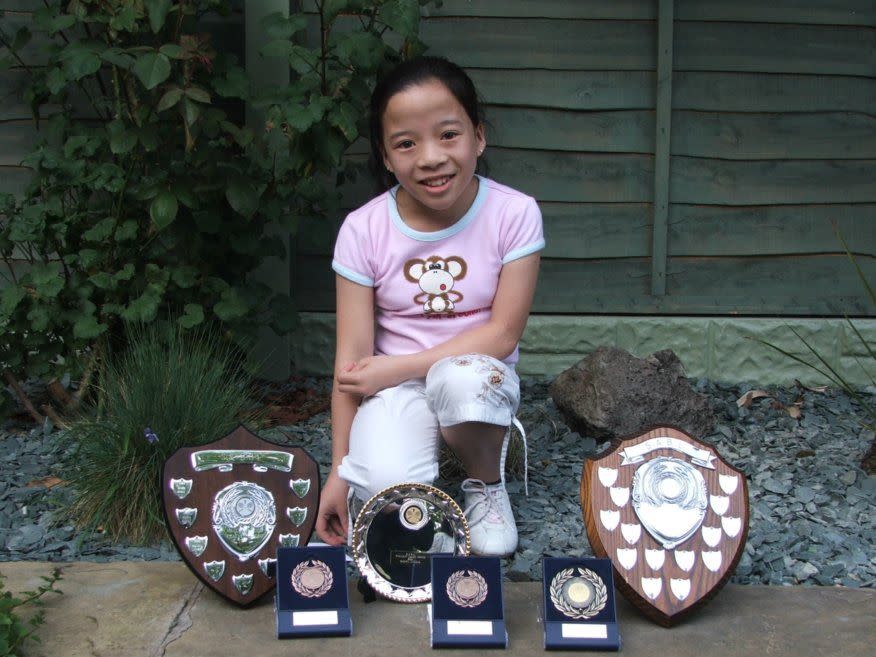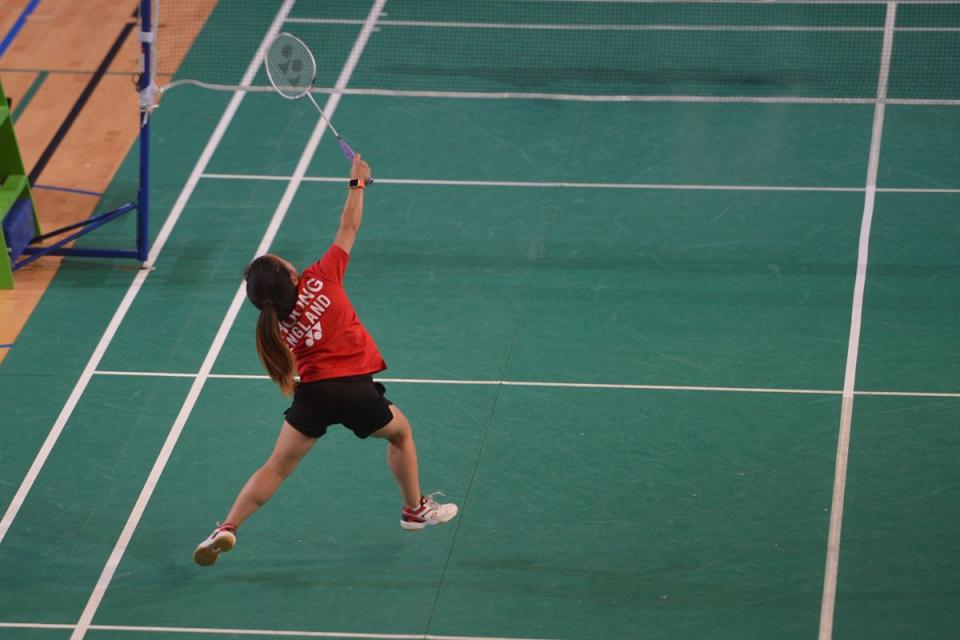Rachel Choong: 'How Para Badminton Changed How I Think about My Body'


Rachel Choong is Para Badminton player who made history when she became the first English competitor to win three titles at a World Championship in 2015. Her list of accolades is weighty: She is a 10x World Champion and a 9x European Champion. She competes in the short stature sports class.
Here, the 27-year-old athlete, who lives in Liverpool, tells WH about the journey she has been on, with her body. Follow her @rach_choong.
When I was a kid, when I looked at my body in the mirror, I would think about how I was significantly smaller than my peers. That became more apparent when we went through puberty. While I have a rare form of dwarfism, I followed the growth pattern of my friends, getting taller at the same time, but at a below-average rate. I remember trying to imagine how things would be different if I was taller, how I might look.
In my early years of playing badminton – I started at 6, joining in with my sister's lessons – this continued. I had plenty of opportunities to look at slim, athletic bodies all around me at clubs and in lessons, and to know that this was what was expected of me.

But when I was 13, in 2007, I started playing para badminton. I was on the junior county badminton team and, at training one weekend, a coach said he had heard about this Four Nations para badminton tournament, which had just introduced short stature events.
Kindly, he put me through the channels to get classified. Now, at this point, the sport was very lowkey: I had to print off the forms and send a cheque in the post to enter, there were no fancy websites or anything like that.
But the implications, for me, were profound. I was accepted to compete and, on the first day I walked into the hall to play a match, my eyes were opened. I saw so many people who were not letting a disability stop them from playing sport. It truly blew my mind. I always knew I couldn't be a top badminton player competing against non-disabled people who were a foot taller than me, but, at that tournament, I realised I could be a top player in this world.
I came home with two golds and a silver, thinking: 'if this is the best the UK can offer, then how well could I do in Europe, or globally?' After that, I entered my first international, the European Para Badminton Championships 2008 – and I got two golds. My career snowballed from there. The sport itself picked up, with more funding, more tournaments, more competitors. Today, I am managing to stay around the top so it's going well, Covid aside.

At this time, I realised my body could be my career, and so I started to think about it differently – as a tool I needed to help me to perform, something that I had to fuel, properly, with the right food and training. Being in the athletic world, I also saw how different people need different body shapes to excel at different sports. An elite sumo wrester has to look different from an elite gymnast, for example.
I also saw how amazing women can look with rippling muscles, rather than that classic 'skinny' look I grew up seeing. At the same time, I believe that 'healthy' can look different on different people: some people are happy slender, some aren't. It doesn't mean that one is 'right' and one is 'wrong.'
Another way that being an athlete has impacted how I think about my looks is quite practical: at school I didn't wear make-up because I knew I'd be playing badminton at the end of the day and didn't want the faff of taking it off. As an adult, I kept it up. Pre-pandemic, I used to train 6-8 hours a week on court and 2 hours off the court – things like going to the gym or pilates – and I don't like the thought of foundation sliding around my face when I sweat. I think that's helped me to be more comfortable and happy with how I look. I was more aware I didn't have to follow suit and be like everyone else.

It's when I win a match that I feel totally amazing. Aside from the exhilaration of having come out on top, I feel strong, my muscles burn and I think 'I worked hard for that.' I feel powerful, I walk a little bit taller.
I'd be lying if I said this was the end of comparing myself to other people. A lot of my competitors in the para badminton sphere, for example, have a type of dwarfism called achondroplasia, which I don't, so I might look at my body and compare it to theirs, how is theirs different, how does theirs work?
I think there's a pattern of comparison through my life, as with anyone's. It's not always in a bad way but seeing the differences. But, while I am a bit of a perfectionist, I can truly say that now, for the most part, I am happy with my body – and for what it has enabled me to achieve.
Cut through the noise and get practical, expert advice, home workouts, easy nutrition and more direct to your inbox. Sign up to the WOMEN'S HEALTH NEWSLETTER
You Might Also Like

 Yahoo Sport
Yahoo Sport 





































